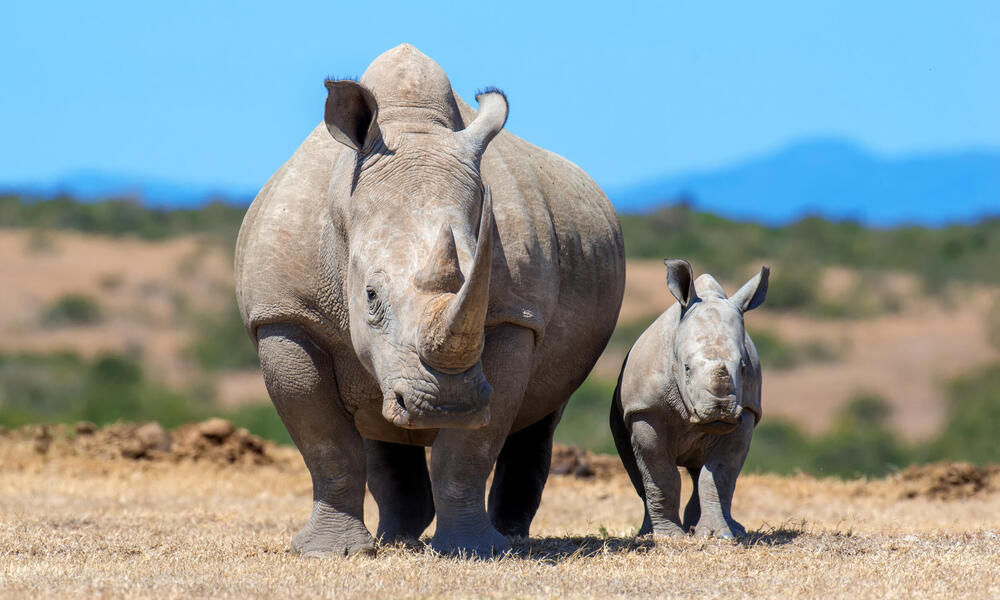
South African conservationist Donovan Jooste oversees 2,000 southern white rhinos, representing 12-15% of Africa’s remaining population. He wonders how to release them into protected areas.
African Parks took ownership of the 2,000 rhinos by buying Platinum Rhino, the world’s largest captive rhino-breeding operation. The farm’s founder, John Hume, started breeding rhinos in 1992 and amassed a valuable stockpile of horn.
After facing financial difficulties, Hume put the farm up for auction. With no bids, the rhinos faced poaching and fragmentation. African Parks bought the farm and plans to phase out breeding, translocating all 2,000 rhinos and their future offspring to protected areas over the next 10 years.
Mike Knight, chair of the IUCN African Rhino Specialist Group, notes that southern white rhino numbers are increasing, but poaching remains a threat. In 2022, 551 rhinos were poached in Africa.
African Parks estimates it will cost 75 million rand per year to maintain the farm and security. They will begin translocating the rhinos early next year, with a large portion remaining in South Africa.
Jooste acknowledges the risks associated with moving the rhinos, but he believes 2,000 rhinos in open systems are better than 2,000 in captivity. The rest of the rhinos will be moved to other countries managed by African Parks.
Moving the animals will be expensive, costing an estimated £1,200 within South Africa and over £40,000 to central Africa. Kester Vickery, a wildlife translocation specialist, advises on the project.
Translocations are risky. In 2018, four of six black rhinos moved to Chad died due to lower nutrition levels. Vickery highlights the challenges of disease and differing climates.
Jooste is excited to return the rhinos to open systems and hopes their population will reach 25,000 to 50,000 in 20 years.
